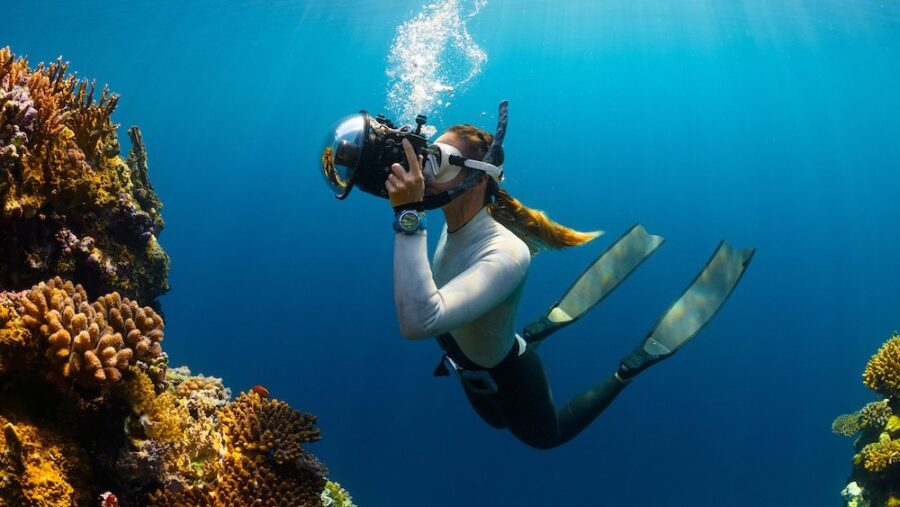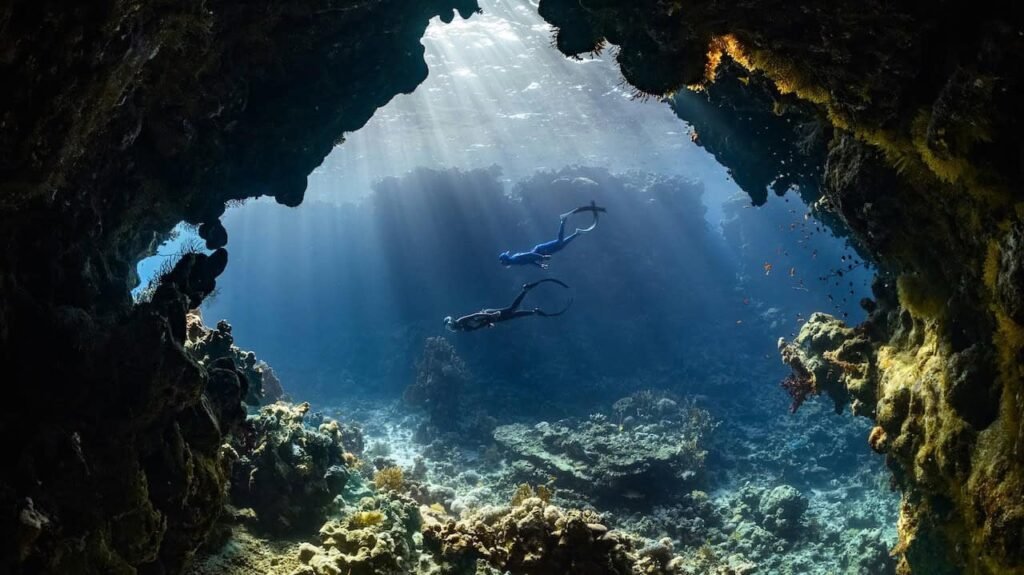[ad_1]
Lizards residing within the Costa Rican Rainforest, often called diving anoles, can retailer oxygen as they dive and breathe underwater, identical to scuba divers. These scuba lizards entice just a little air bubble on their heads that covers their nostrils, permitting them to breathe whereas hiding from predators underwater. The lizards can keep submerged for a number of minutes, giving them a survival edge and making them distinctive on the earth of biology.
What’s actually fascinating about these scuba diving lizards is that a number of species within the Anolius genus exhibit the conduct. All the lizards that exhibit the diving conduct are from the identical space, and so they’re all aquatic, dwelling their lives on land in addition to water.
The one different animals that exhibit underwater respiratory conduct like this are arachnids and bugs, however scuba lizards are the one vertebrates to exhibit this capability.
Since anole lizards aren’t very quick, their essential protection in opposition to predators is their camouflaging capability. When that fails them, hiding underwater is the scuba lizard’s finest protection. This technique of ready out their would-be predators is a mysterious conduct that researchers are endeavoring to seek out the origins of.
Hiding underwater is the scuba lizard’s finest protection.
To get a greater have a look at the scuba lizards’ bubble-breathing, Dr. Lindsey Swierk, a researcher from Binghamton College in New York, captured a number of A aquaticus anoles. Working on the Costa Rica Las Cruces Organic Station, she positioned the scuba lizards in a transparent tank to look at their bubble respiratory. One group of lizards was dabbed with an emollient to forestall them from protecting air bubbles on their snouts, and the opposite was left as they arrived.
The lizards within the management group, who weren’t handled with emollient, all had giant air bubbles they used to breathe underwater whereas those who have been dabbed produced smaller air bubbles or none in any respect.
The scuba lizards who had emollient on their snouts couldn’t get their bubbles to stay, in order that they couldn’t carry out their common scuba conduct. All the lizards used their throat muscular tissues to pump oxygen into their lungs.
On common, the scuba lizards may keep submerged for 3 and a half minutes
The bubbleless lizards needed to resurface just a little greater than a minute ahead of the scuba lizards did. On common, the scuba lizards may keep submerged for 3 and a half minutes, and the non-bubble lizards may keep beneath for simply wanting two and a half minutes.
This bubble respiratory method is a bonus because the diving anoles can evade predators for an extended time frame.

The draw back of diving for lizards is that it might probably trigger their physique temperature to drop. The chilly water the scuba lizards are hiding in can cool the animals down sooner than in the event that they have been on the floor. This chilling impact could make lizards slower once they emerge from the water and fewer in a position to run from predators.
Precisely how the lizards are in a position to maintain onto their air bubbles and the way this capability developed throughout a number of species remains to be not clear. Researchers are hoping to place collectively a greater clarification for the distinctive conduct of the scuba lizards by finding out video and statistics from their current experiments.
They’ve posited that oxygen may doubtlessly diffuse by the bubble, permitting the lizards to breathe for longer by the bubble than was beforehand assumed.
[ad_2]
Source link
